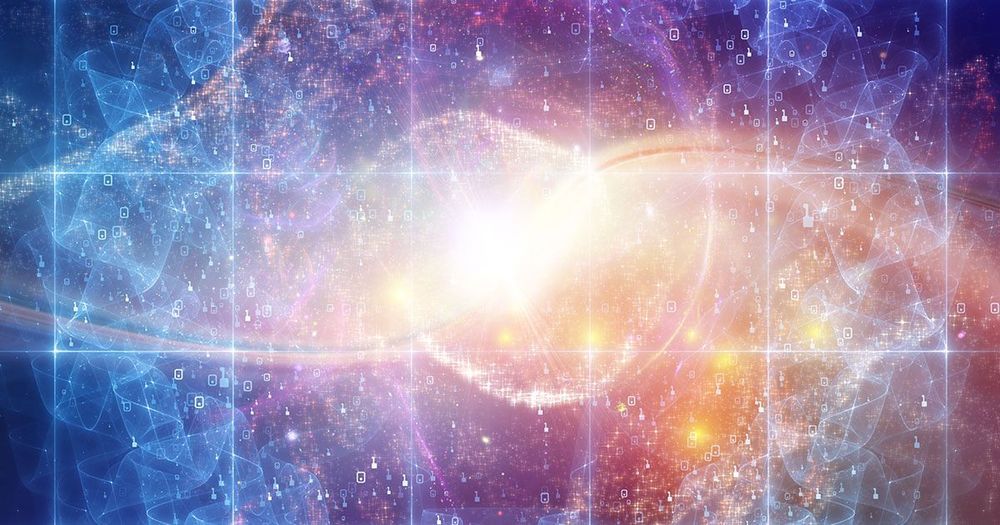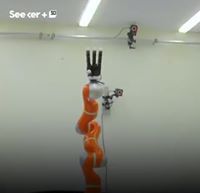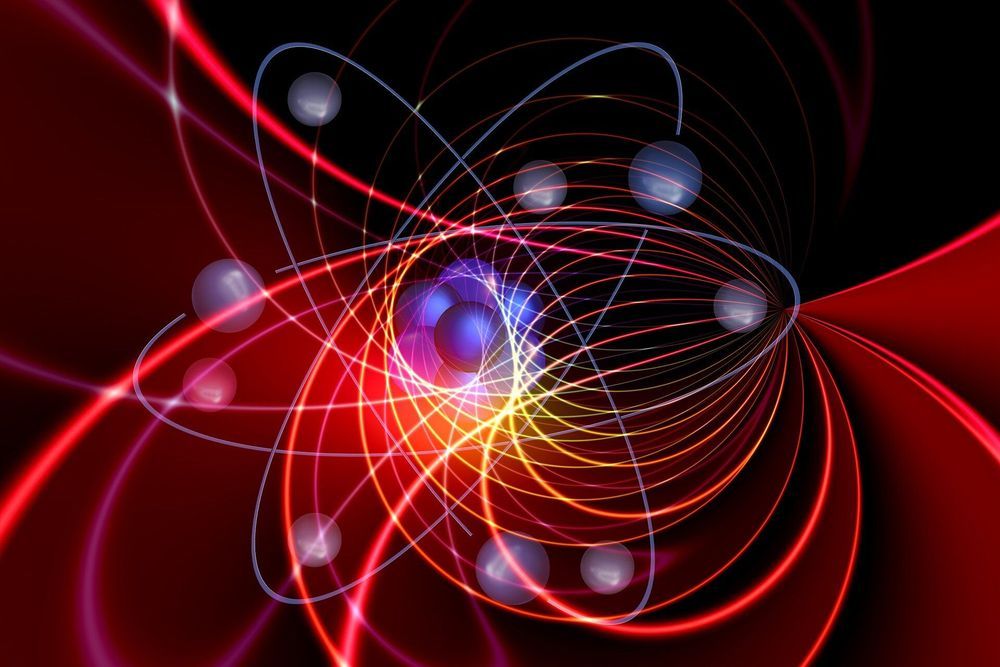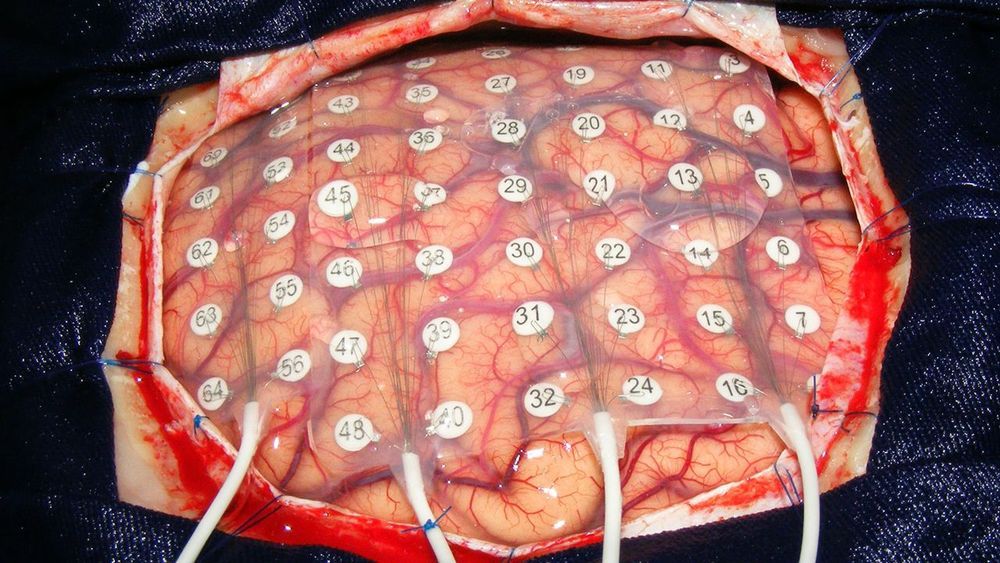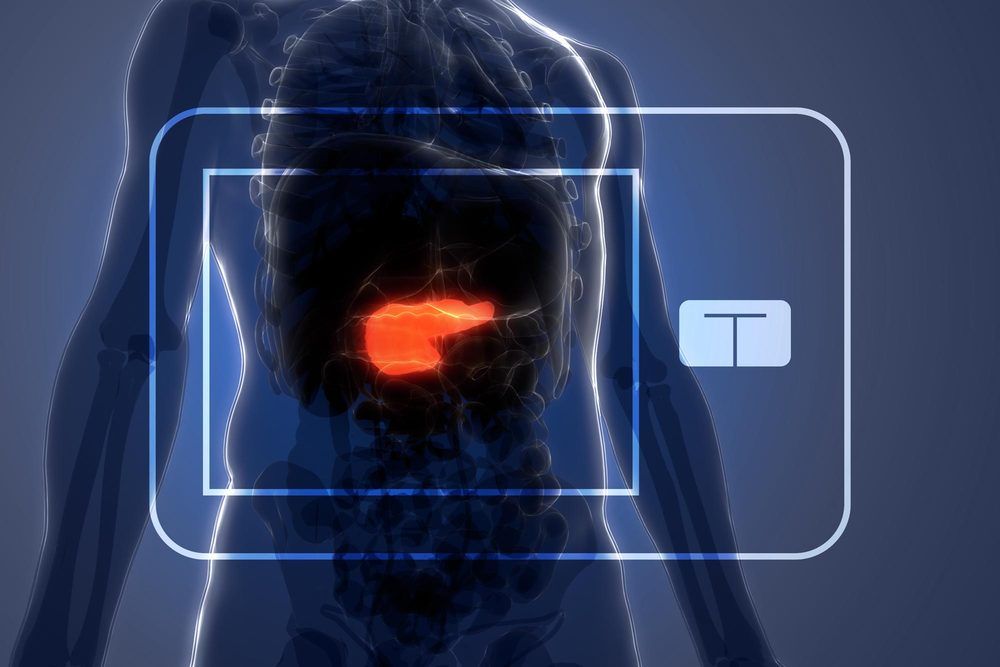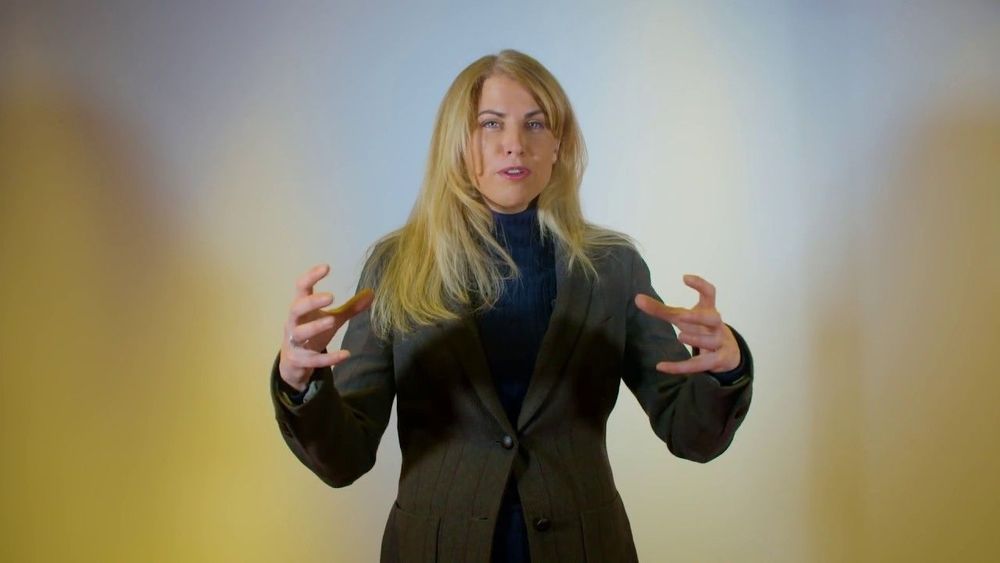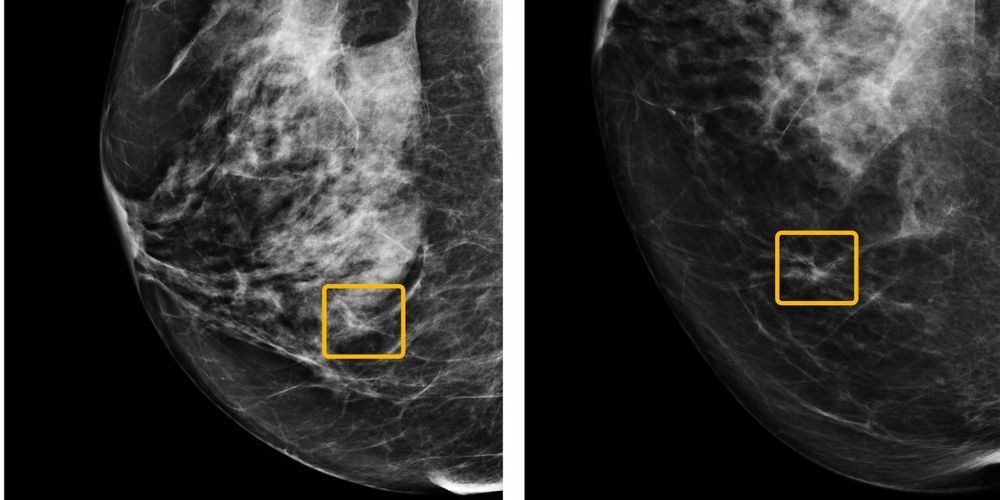Jan 20, 2020
How (Relatively) Simple Symmetries Underlie Our Expanding Universe
Posted by Genevieve Klien in categories: cosmology, information science, mathematics, physics
Isaac Newton and other premodern physicists saw space and time as separate, absolute entities — the rigid backdrops against which we move. On the surface, this made the mathematics behind Newton’s 1687 laws of motion look simple. He defined the relationship between force, mass and acceleration, for example, as $latex \vec{F} = m \vec{a}$.
In contrast, when Albert Einstein revealed that space and time are not absolute but relative, the math seemed to get harder. Force, in relativistic terms, is defined by the equation $latex \vec {F} =\gamma (\vec {v})^{3}m_{0}\,\vec {a} _{\parallel }+\gamma (\vec {v})m_{0}\,\vec {a} _{\perp }$.
Continue reading “How (Relatively) Simple Symmetries Underlie Our Expanding Universe” »
